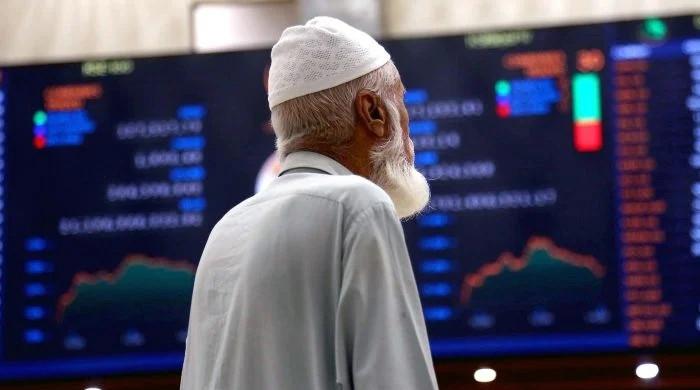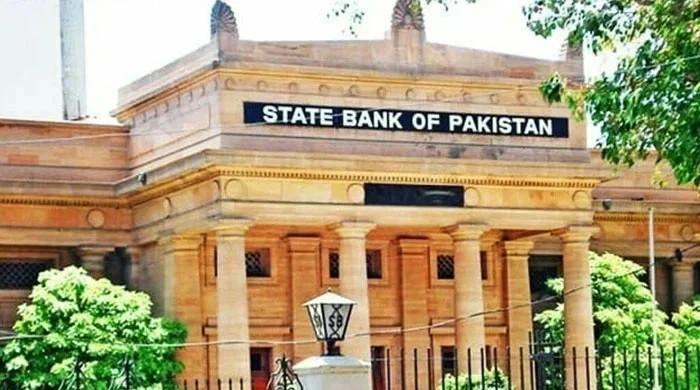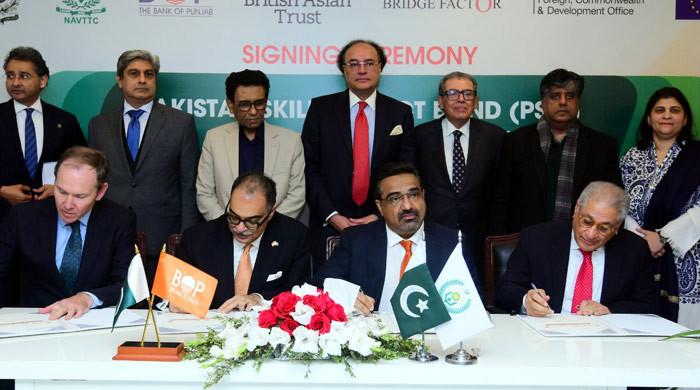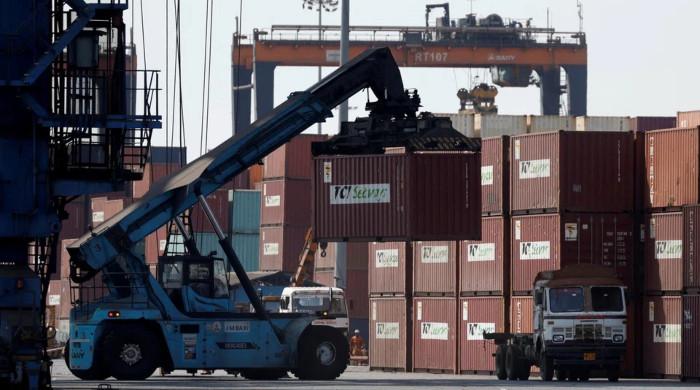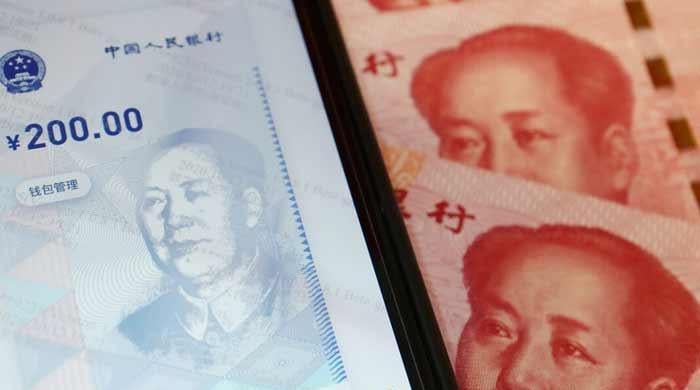Currency update: Pakistani rupee to remain firm in coming week
The rupee should most likely be traded in a Rs159.20-159.50 band in the coming days, dealers opine
February 21, 2021
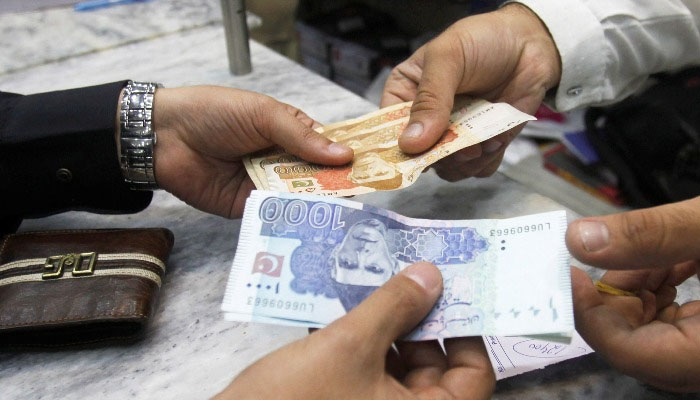
- In the out-going week, the rupee held Rs159 levels against the dollar and breached this barrier, and closed higher at Rs158.93 on Thursday
- IMF and Pakistan reached a staff-level agreement on reforms that will allow the release of around $500 million in funds
- RDA inflows crossed the $500 million mark in five months
With increased inflows from the Pakistani diaspora to the Roshan Digital Account (RDA) and export proceeds, the Pakistani rupee is expected to remain firm in the coming week, The News reported on Sunday.
However, a declining trend in foreign exchange reserves might have a negative impact on the market sentiment.
In the out-going week, the rupee held Rs159 levels against the dollar and breached this barrier, and closed higher at Rs158.93 on Thursday.
The publication highlighted that the gain in currency was sentiment-driven as the International Monetary Fund (IMF) and Pakistan reached a staff-level agreement on reforms that will allow the release of around $500 million in funds.
Read more: US dollar sold at Rs159.7 on February 20
Moreover, RDA inflows crossed the $500 million mark in five months.
Following these two positive developments, the rupee reversed gains and ended at Rs159.10 against the dollar on Friday.
Speaking about the trends in the coming week, a dealer said: “We expect to see a stable trend in the rupee to hold, as remittances are increasing and exports have picked up, but the appreciation in the local unit seems to be capped around the Rs159/dollar mark in the near term with the country’s forex reserves falling and coming close to going below the $20 billion levels."
He further added that the rupee should most likely trade in a Rs159.20-159.50 band in the coming days.
The month-end demand from importers is likely to push the rupee slightly down, but accelerated inflows from remittances and RDA might continue to offer support to the local currency, another dealer said.
Hints from IMF
Following the revival of the IMF programme, traders are on the lookout for any hints of the economic policy matter.
Financial analysts anticipate that the global body wants Pakistan’s government to pursue long-term reforms, increase tax/revenue collection, encourage privatization, and resolve the circular debt issue to strengthen the financial system.
The IMF in a recent statement said that the unprecedented losses incurred due to coronavirus have required a careful recalibration of the macroeconomic policy mix, the reforms calendar, and the EFF review schedule.
“Against this background, authorities have formulated a package of measures that strikes an appropriate balance between supporting the economy, ensuring debt sustainability, and advancing structural reforms,” it said.
Increase in worker's remittances
Data issued by the State Bank of Pakistan showed that workers’ remittances rose 19% year-on-year to $2.3 billion in January. However, the remittances remained lower from the December 2020 level of $2.4 billion.
The country’s forex reserves stood at $20.058 billion in the week ended February 12, compared with $20.073 billion a week ago.
Read more: World Bank to highlight SBP's 'Banking on Equality' policy on Tuesday
The foreign exchange reserves held by the State Bank of Pakistan fell $59 million to $12.889 billion on the back of foreign debt repayments.
The fiscal strategy
The fiscal strategy remains anchored by the sustainable primary deficit of the FY21 budget and allows for higher-than-expected COVID-related and social spending to minimise the short-term impact on growth and the most vulnerable.
The targets are supported by careful spending management and revenue measures, including reforms of corporate taxation to make it fairer and more transparent, it noted.
The power sector’s strategy aims at financial viability through management improvements, cost reductions, and adjustments in tariffs and subsidies calibrated to attenuate social and sectoral impacts, it said.





